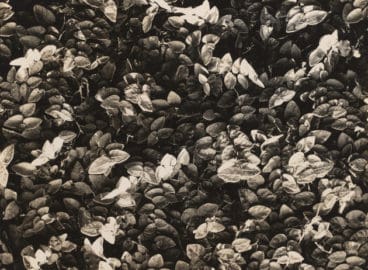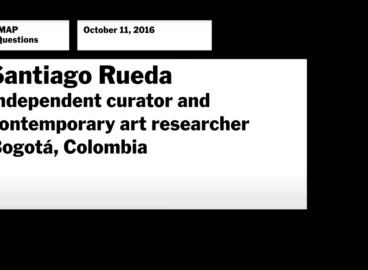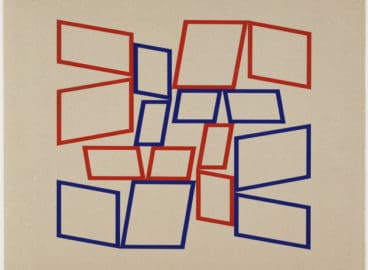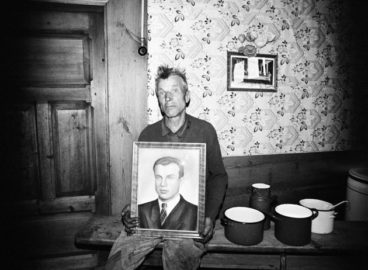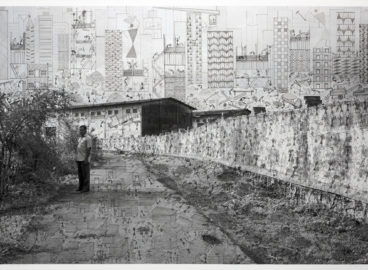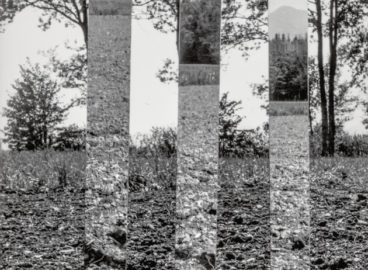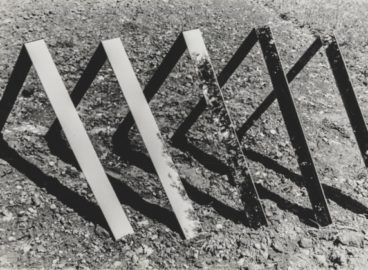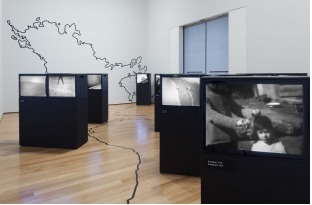Gertrudes Altschul: an Adopted Brazilian Photographer in São Paulo
This essay considers the condition of Gertrudes Altschul as a German exile who developed a notable photographic practice after settling in Brazil in 1940. Altschul participated in the Foto Cine Clube Bandeirante (FCCB) camera club, contributing to the development of the history of photography in São Paulo through her work.
